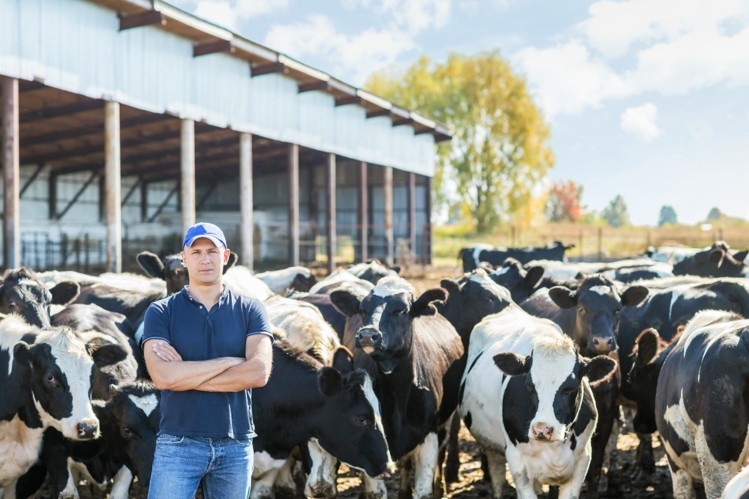A dairy chiller is quite possibly the most important component in making sure milk makes it from cow to dairy counter at a safe and healthy temperature. So how does the milking process work? Cow milking machines automatically pump milk from cows into refrigerated tanks. Once the milk is collected the pasteurization process begins, and this is where a dairy chiller comes into play. The process of pasteurization heats milk. Dairy chillers remove heat during the pasteurization process and cool milk down to an appropriate temperature. Keeping milk at a cool temperature prevents milk from growing harmful bacteria and deteriorating. By using a dairy chiller, farmers are able to extend the milk’s storage life, and allows time to safely transport milk to stores.
Types of Dairy Chillers
There are different types of dairy chillers. The size of your dairy operation will decide what type of dairy chiller you need. Older models of dairy chillers use a double-walled tank with water and cooling coils that surround the milk tank. These older models of dairy chillers use a compressor, which builds ice around the coils in the double-walled area. Once the ice reaches a certain thickness, the compressor shuts off, and the ice quickly cools the milk. This older design of dairy chiller works perfect if you have a smaller dairy farm of up to 40 cows. Larger dairy farms require dairy chillers with a different type of design, such as a plate chiller. Plate chillers work well for large farms, and are available in several different types. Most plate chillers use glycol and water to cool milk. These chillers push milk through stainless steel plates to a glycol and water mixture on the other side, which cools milk to an appropriate temperature.
Air-Cooled and Water-Cooled Chillers
Dairy chillers also come in air-cooled and water-cooled models. Air-cooled chillers transfer heat to the surrounding air, while water-cooled chillers transfer heat to a water source, such as a cooling tower. Water-cooled chillers require a mechanical room because they have special equipment that air-cooled chillers don’t have. Air-cooled chillers require an open, airy space because they rely on a consistent stream of fresh air to function. Water-cooled chillers are a bit more costly than air-cooled chillers, but run on lower energy costs. Water-cooled chillers also require more maintenance than air-cooled because of the additional parts needed to run these machines. Air-cooled chillers are easier to set up than water-cooled chillers because they have a more simplistic design, and perform best in areas that have water shortages.
To determine whether an air-cooled or water-cooled dairy chiller would best suit your needs, visit our website at www.legacychillers.com and look under the ‘Chiller’s by Market’ tab.

